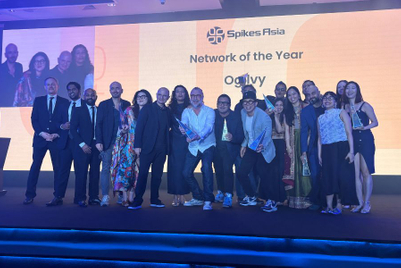
On an average, only 30 per cent of ads were noticed by consumers, and only 10 per cent of them were effective in terms of reach during the GSS, according to the research outfit's report, titled 'Drawing them in'.
The report, which examined 30 GSS print ads across various industries, is based on a survey conducted from 29 July to 8 August among 1,053 respondents aged 15 to 65.
With their passion for brands, freebies and discounts, two out of three Singaporeans made a purchase during the 2013 GSS, mainly for their regular products that were on discount, including apparel (69 per cent), personal care (57 per cent), footwear (38 per cent) and cosmetics and fragrances (34 per cent).
Although, 84 per cent of shoppers who made purchases looked at GSS-specific advertisements, visibility of ads in certain categories did better than others, led by airlines (56 per cent) and banking and finance (45 per cent). On the other hand, fewer consumers noticed ads for retail (29 per cent) and shopping malls (23 per cent).
| Ipsos cited ads by IMM, Tiger Airways and the Sands as most effective |
Even though some ads gained high visibility, they were pulled down due to poor branded impressions and vice versa.
Some of the best ads in terms of ability to recall include Standard Chartered Bank (64 per cent), Tiger Airways (56 per cent), Nikon (51 per cent), Enfagrow (50 per cent) and CIMB (50 per cent).
The findings showed that ads did play an essential role in informing shoppers about GSS offers, but a successful ad isn’t only high on visibility, but also needs to leave a lasting impression for consumers to consider a visit or to make a purchase.
The study suggested that incorporating elements that are associated with the brand and its value, such as icons, themes, characters, colour, taglines and styles, will help get consumers’ attention.
Also, advertisers need to keep print ads’ layouts simple, and deliver single-minded messages with relevant information that makes the brand unique and different compared to others.
Ads that included too much detail risked low performance on both recall and brand link, while those that did not use adequate branding risked being confused for ads from a competitor. For example, 16 per cent of those who recalled seeing one particular ad for Nikon thought it was an ad for Canon.



.jpg&h=334&w=500&q=100&v=20250320&c=1)

+(1).jpg&h=334&w=500&q=100&v=20250320&c=1)
.jpg&h=334&w=500&q=100&v=20250320&c=1)

.jpg&h=334&w=500&q=100&v=20250320&c=1)

.jpeg&h=334&w=500&q=100&v=20250320&c=1)
.jpg&h=334&w=500&q=100&v=20250320&c=1)








